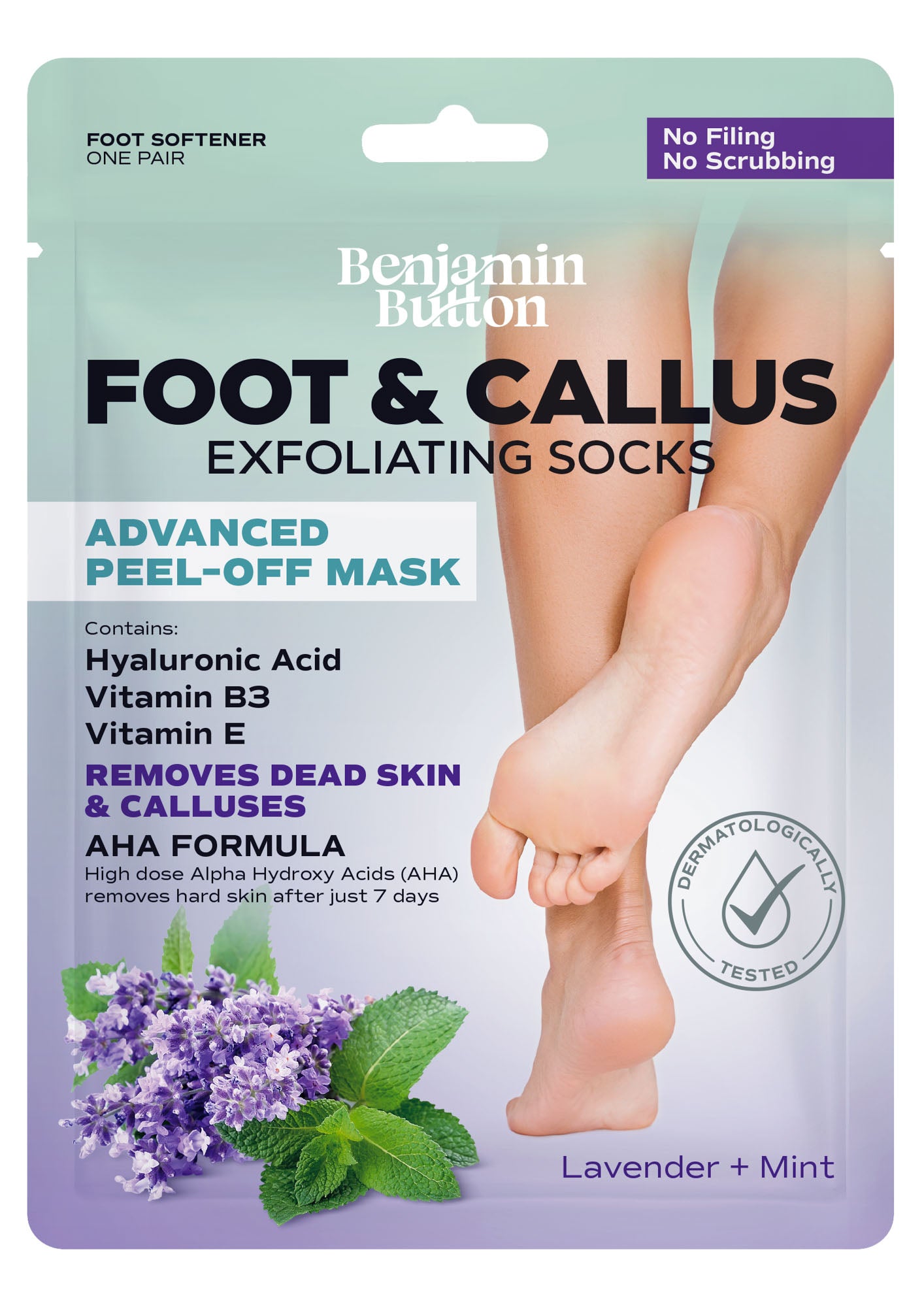Understanding UTI vs. Interstitial Cystitis: Key Differences Explained
When it comes to urinary tract health, two common conditions often lead to confusion among individuals: Urinary Tract Infections (UTIs) and Interstitial Cystitis (IC). Both conditions affect the bladder and urinary system but have distinct characteristics, symptoms, and treatment options. To empower you with knowledge, we will highlight the key differences between these two conditions, helping you make informed decisions regarding your health.What is a UTI?
A Urinary Tract Infection (UTI) is a bacterial infection that can occur in any part of the urinary system, including the bladder, urethra, ureters, or kidneys. UTIs are most commonly caused by bacteria entering the urinary tract, often due to improper hygiene or sexual activity. Symptoms of UTI typically include:- Frequent urge to urinate
- Burning sensation during urination
- Cloudy or strong-smelling urine
- Pelvic pain, especially in women
- Feeling tired or shaky
What is Interstitial Cystitis?
Interstitial Cystitis is a chronic condition characterised by inflammation of the bladder wall. Unlike UTIs, which are typically caused by bacterial infections, IC does not have a specific identifiable cause, and its onset may be related to a combination of factors including bladder lining, the immune system, and nerve function. Symptoms of Interstitial Cystitis may include:- Chronic pelvic pain
- Urgency or frequency of urination
- Pressure or discomfort in the bladder
- Pain during intercourse
Key Differences Between UTI and Interstitial Cystitis
Understanding the differences between UTI and Interstitial Cystitis is crucial for proper diagnosis and treatment. Here are the key differentiating factors:1. Causes
- **UTI**: Often caused by bacteria, particularly E. coli, that invade the urinary tract. Risk factors include poor hygiene, sexual activity, and urinary retention. - **Interstitial Cystitis**: The exact cause is unknown, but it is believed to be a result of various factors, possibly due to a defect in the bladder lining, autoimmune responses, or nerve signalling issues.2. Duration and Recurrence
- **UTI**: Typically, UTIs are acute and can be resolved within a few days to a week with appropriate treatment. However, they have the potential to recur, particularly in individuals with preexisting conditions. - **Interstitial Cystitis**: This is a chronic condition, meaning symptoms can persist for months or even years, often requiring ongoing management rather than a clear-cut cure.3. Diagnosis
- **UTI**: Diagnosis usually involves a urinalysis to detect the presence of bacteria, white blood cells, or blood in the urine. In most cases, a doctor can diagnose a UTI based on symptoms alone. - **Interstitial Cystitis**: Diagnosing IC is more complex and may require ruling out other conditions. A doctor might conduct a physical exam, medical history review, and possibly a cystoscopy to inspect the bladder.4. Treatment Options
- **UTI**: Treatment generally involves a course of antibiotics to eliminate the infection. Increased fluid intake can also help flush out the bacteria. - **Interstitial Cystitis**: Treatment is more multifaceted, as there is no one-size-fits-all solution. Options may include:- Physical therapy
- Bladder instillations
- Dietary changes
- Medications for pain and inflammation
- Neuromodulation therapies





















